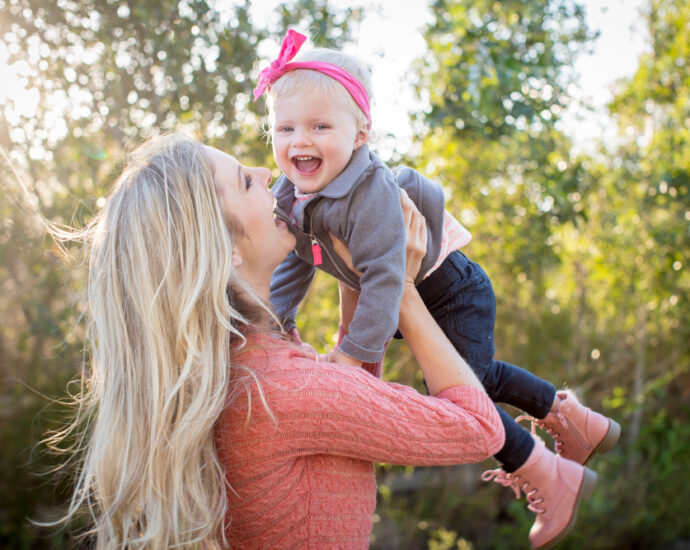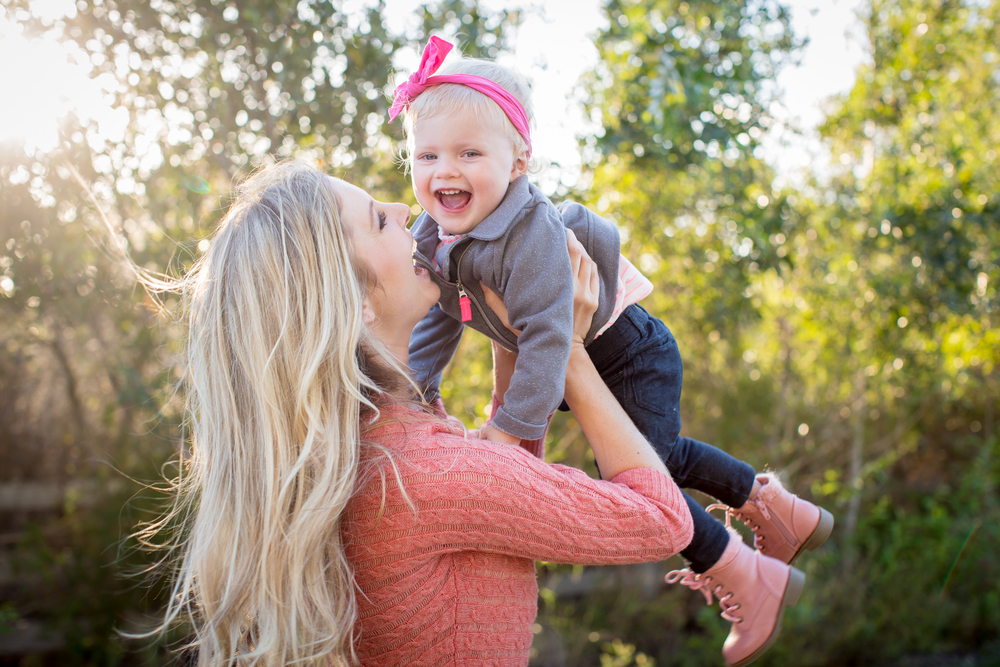Transitioning throughout the day is a normal rhythm. We all move from one activity to the next usually without giving it much thought. For children this transition between activities can be very hard. They are in the now, in the present, they don’t understand time and they don’t always understand that stopping one thing and moving on means they can come back to the first activity later.
A transition for a child usually means stopping one activity and moving onto another. This could be getting ready for bed, leaving the playground, or needing to go run errands. These transitions can be hard for some children leading them to whine, stall, have a tantrum, scream, or completely meltdown.
Sometimes children have a tantrum during a transition because they just don’t have all the words to communicate what they are thinking or feeling. So instead of being able to say let me finish this and then I will be ready, they cry, scream, or have stubborn refusals.
Children thrive with routines and schedules, transitions are change and children struggle with change just as some adults do.
Having a child and needing to have some transitions in your day does not mean you have to suffer through tantrums and everything has to be a battle. There are ways to help your child deal with transitions.
Transition Tips
Routine
If your child loves routines and schedules then make their transitions routine. This can be easily accomplished especially for transitions that happen every day. This could be bedtime. Every night your child will get ready for bed. Make them a night time routine. If they learn and practice that every night they get in their pajamas, brush their teeth, read one story, and then lights out, they will start to know what is to come next in their routine. This will make the transition of going to become more normal and predictable for them.
Predictable
Predictability, knowing what is going to happen helps children feel more in control. If you have to drop your child off at daycare or with another caregiver, make the drop off transition routine as well. Have a goodbye routine, where you give them a certain amount of kisses, one big hug and then you are on your way. This will also make them feel more secure knowing how you will say goodbye to them and helping them not feel abandoned.
Time
Another tactic that can help with transitions is talk about how much longer you have left to do an activity. A timer can be very useful for this. You can set a timer for 5 more minutes and then you have to put shoes on to leave. If a visual timer isn’t available you can count down with a relevant reference. This could be if you are at the playground your child can go down the slide 3 more times before it is time to go home. Then you can help your child count their 3 slides before it is time to leave.
Warning
Another thing to do that can be helpful is to give advanced warning. Let your child know that you are leaving soon or that activities are changing. This is a good time to talk about what is happening next so your child has something to look forward to. It could be as easy as saying 5 more minutes and then we have to put our shoes on to go to Granny’s house. That advanced notice you will be changing activities, as well as letting them know where they are going and what to look forward to can make all the difference in a transition.
Songs
Some children benefit from songs. Singing can help with transitions. Preschools utilize the clean up song, so that children will clean up. There are songs for all kinds of occasions, brushing your teeth, putting shoes on, or getting into the car. You can even make up your own songs.
Calm, Simple, Direct
When talking with your child about a transition make sure you stay calm. Get down to their level and make eye contact with them. Some children will benefit from repeating back what you have said to them so you know that they have understood what you have said. Keep your language simple and direct. A low and calm voice will help your child respond well. If you get loud or threatening, your child could turn defensive causing them to rebel when it is time to transition. Threatening your child can escalade the situation instead of helping, so be careful to avoid that if your child struggles with transitions. Punishing when appropriate is acceptable.
Choices
If you need your child to leave the house and they won’t put their shoes on, give them options. Not too many options or your child may be overwhelmed or the picking process too long if you are in a time constraint. If no shoes are not an option, then instead of saying can we put on your shoes, say would you like to wear tennis shoes or boots. Or if they need to wear a jacket but sometimes fight you on that, ask them if they want their sweater, or their rain jacket. Giving them choices that you are happy with either outcome, gets the task accomplished, while letting your child have some control.
Rewards
Using rewards can also help your child get used to transitions. Once transitions are moving smoothly then you can phase them out over time. If you don’t want to do a reward system, making sure you give praise when good transitions happen is important. Tell them exactly what they did well and cover them with praise.
Teaching your toddler how to manage transitions now can be so much more beneficial later on. Don’t get frustrated if your child struggles with transitions, it is normal. Learning the best tactic to help your child go through transitions smoothly will help your days be smoother, and you feel like you can do more than just the same things day in and day out.
READ MORE: Potty Training: Scared of The Potty
Sources:
https://www.montessoriinreallife.com/home/2019/4/22/tackling-transitions-with-toddler
https://childmind.org/article/how-can-we-help-kids-with-transitions/#:~:text=You%20can%20try%20making%20eye,point%20toward%20a%20new%20toy.
https://www.parents.com/toddlers-preschoolers/development/behavioral/easing-a-toddlers-daily-transitions/
https://sleepingshouldbeeasy.com/helping-children-with-transitions/
https://healthsurgeon.com/health/toddler-tantrums-getting-dressed/

